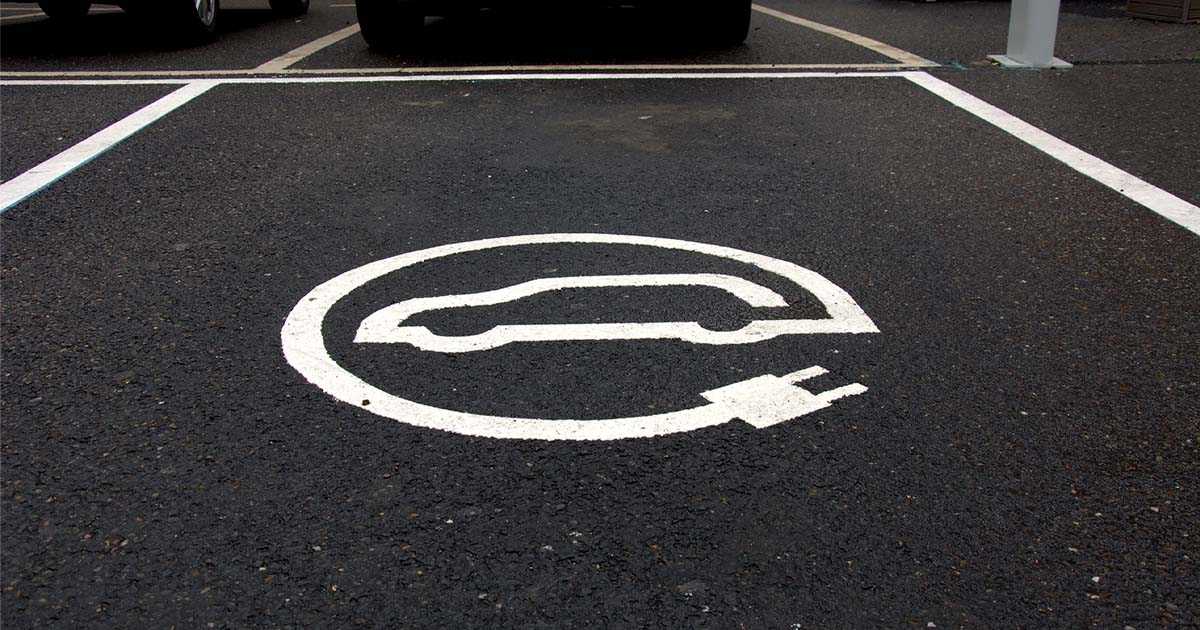
Cast your mind back a few years, to a time before the pandemic. Back then, the electric vehicle (EV) revolution was but a glint in the eye of many a futurist. Now, though, it’s far more tangible and we’re beginning to better see what an electric future is going to look like and how it’s going to work. This past year, in particular, has given us many a glimpse into what we should expect from a future where we all drive electric vehicles.
At the start of the year, reports suggested that 2021 was going to be a pivotal year for EVs. Sales were expected to rise, we had lots of new launches to be excited about and traditional carmakers are laying down statements of intent to go entirely electric.
New models and launches
Taking a step back; even though automotive production lines were hit hard by coronavirus infused supply chain issues, 2021 has still been a great year for electric vehicles. EV startups are now being joined by traditional carmakers, as they look to pivot away from combustion engine vehicles.
Volkswagen finally launched its hotly anticipated, like an electric Golf but not an electric Golf, family hatchback, the ID.3. This was followed by its electric SUV the ID.4. Both are proving popular; the ID.3 seems to be particularly popular in cities like Amsterdam. In fact, it’s Europe’s third best-selling EV.
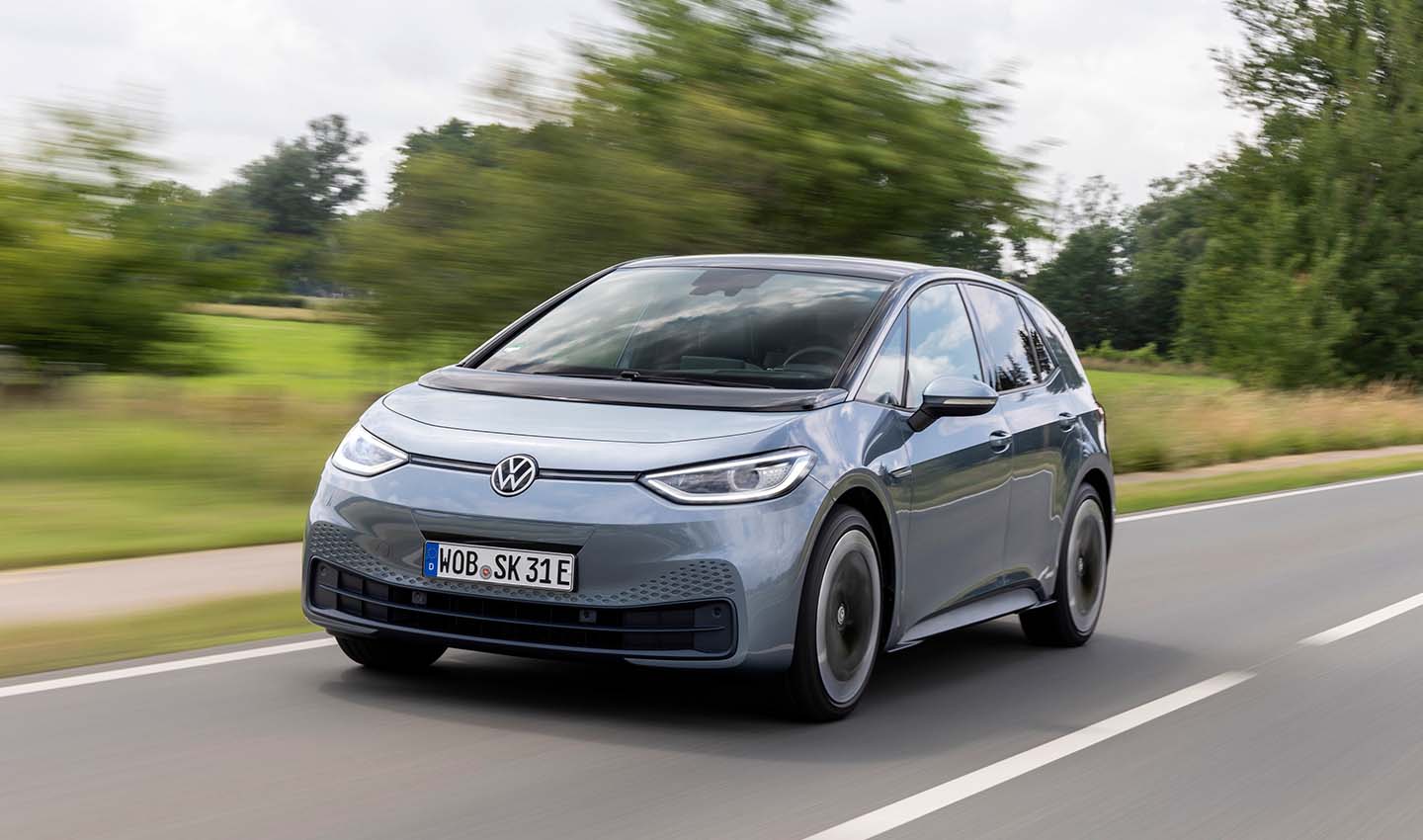
The ID.3 is one of Europe’s best selling EVs from the past year. Image credit: VW
Also from the VW Group, Porsche’s electric Taycan became something of an unofficial flagship for the German automaker. Over the past year, the Taycan outsold the 911, the car the company is known for. It shows if done right, drivers are quite happy to switch from gasoline to electric power. Porsche also unveiled the Cross Turismo, GTS and GTS Sport Turismo to further broaden the Taycan’s appeal. Audi also launched its e-tron GT in the first half of the year, also part of VW Group, it shares many parts with the popular Taycan.
French marque Citroen unveiled its adorable electric city car, the Ami, this year too. This is perhaps one of the more unique EV reveals we saw this year, MotorTrend certainly seemed to think so. While talking about French EVs, let’s swing by Renault.
Even though the Renault Zoe was launched way back in 2014, 2021 seems to have been a halo year for the small electric city car. As it’s now the fourth best-selling EV in Europe. This year also saw the Peugeot 208e and Fiat 500e take to our streets in a big way. Both are proving popular across Europe and also feature in the top 10 best-selling EVs in Europe.
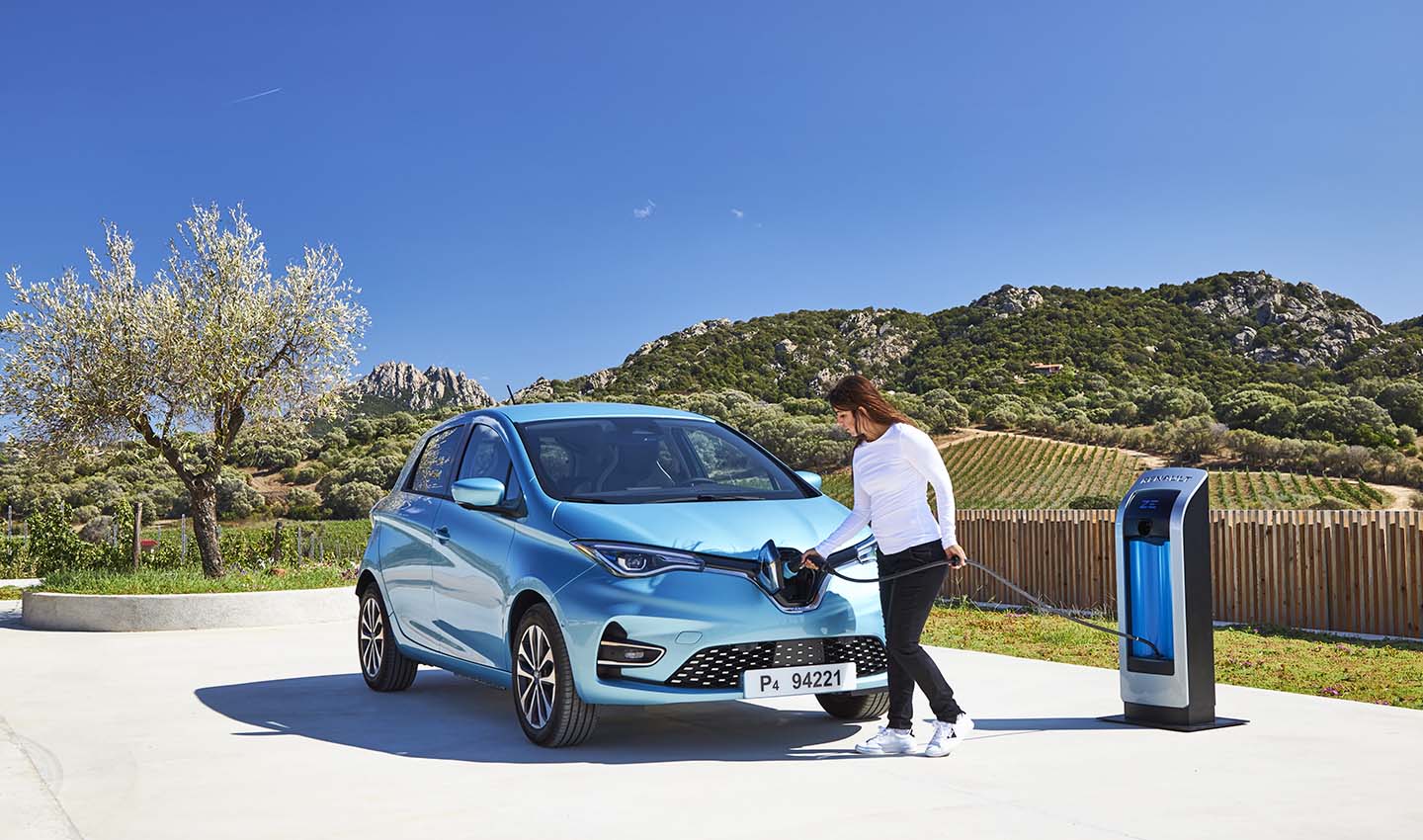
The Renault Zoe is another one of Europe’s favorite EVs, being one of the top five most sold battery powered cars this year. Image credit: Renault
But it’s not all about Europe when it comes to EVs. Asian countries are also moving towards low emission vehicles in a big way. Between January and August this year EV sales in Asia and the Middle East were up 177% year-on-year, EE Times Asia reports.
The continent also saw a host of manufacturers make big steps into the EV world. Hyundai and sister company Kia unveiled the Ioniq 5 and the EV 6, respectively. The Ioniq 5 is already winning ‘car of the year’ awards, even though we must wait until next year to see these vehicles on the roads. Expect good things when we do.
China is also pivoting towards electric vehicles, over the first 10 months of the year, EV sales grew 191.9% year-on-year, Forbes writes.
It’s also exporting them, so be sure that we’ll start seeing more Chinese-made EVs in the future. Chinese EV startup Xpeng began delivering the first of its P7 sedans to Norway in the second half of the year. It makes sense to go to Norway first, as one of the largest adopters of EVs it’s a crucial market for upstart brands.
Statement of intent from carmakers
For carmakers yet to enter the electric vehicle market in any notable way, they are still keen to talk about their intentions.
For traditional automakers that don’t produce electric vehicles, 2021’s narrative has been on intention. With governments and lawmakers around the world bringing in legislation to outlaw the sale of combustion engine vehicles over the coming decade, carmakers are left with little choice but to adopt electric power.
British carmaker Jaguar, even though it has the I-Pace, has committed to going fully electric from 2025. Bentley has committed to phasing out combustion engine vehicles by 2030.
Volvo, which has only a couple of EVs in its lineup, the XC40 and C40, has stated it will go fully electric by 2030. Its parent company, Geely, has quite a bit of experience in EV-focused vehicles, with brands like Polestar and LEVC on its roster.
General Motors wants to be EV only by 2035, but is going to start with its Cadillac brand, which it has said will be EV-only by 2030. The company already produces the broadly popular Bolt.
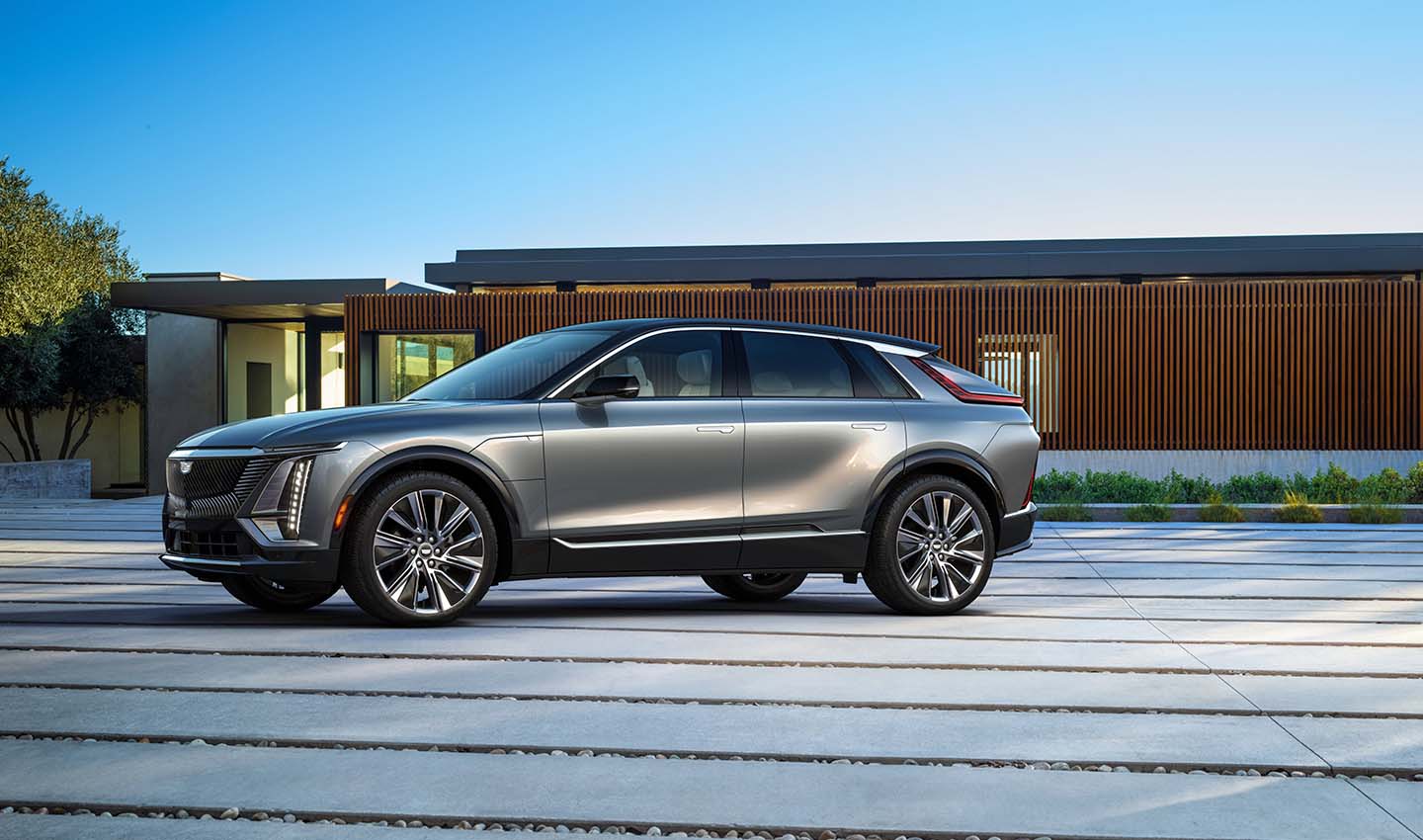
The Cadillac Lyriq will be the brand’s first full EV. Eventually Cadillac will be GM’s first EV-only marque. Image credit: Cadillac
According to its parent company, BMW Group, Mini will be a fully-electric brand by 2030, reportedly launching its last combustion engine vehicle in 2025.
American carmaker Ford has said that all of its passenger vehicles will be electric by 2030 in Europe. By mid-2016, all its vehicles should be available as either hybrid or fully electric.
Regulations and legislation
While consumer demand is increasing, the EV market is a bit of a chicken or egg type situation. Is it consumer demand driving carmakers to make more EVs, or is it the fact carmakers are going electric creating more demand?
Whatever the case, EVs are being adopted. Over the next decade, that’s going to explode because regulators around the world are effectively forcing it to happen.
Lawmakers have over the past few years begun to announce their intentions to ban new combustion engine vehicles from sale. At the start of the year, CleanTechnica published a complete list of countries planning to do so and by when.
However, the most notable event in this arena came from the United Nations Climate Change Conference (COP26) that took place in Glasgow, Scotland, in November.
At the conference, a collection of carmakers, city administrators and governments of 24 countries all agreed to end the sale of fossil fuel vehicles by 2040 or sooner. With that, it seems that the electric vehicle future has somewhat of a start date. Even though many countries have committed to going electric before 2040, it’s good to have some kind of unity over the transition.
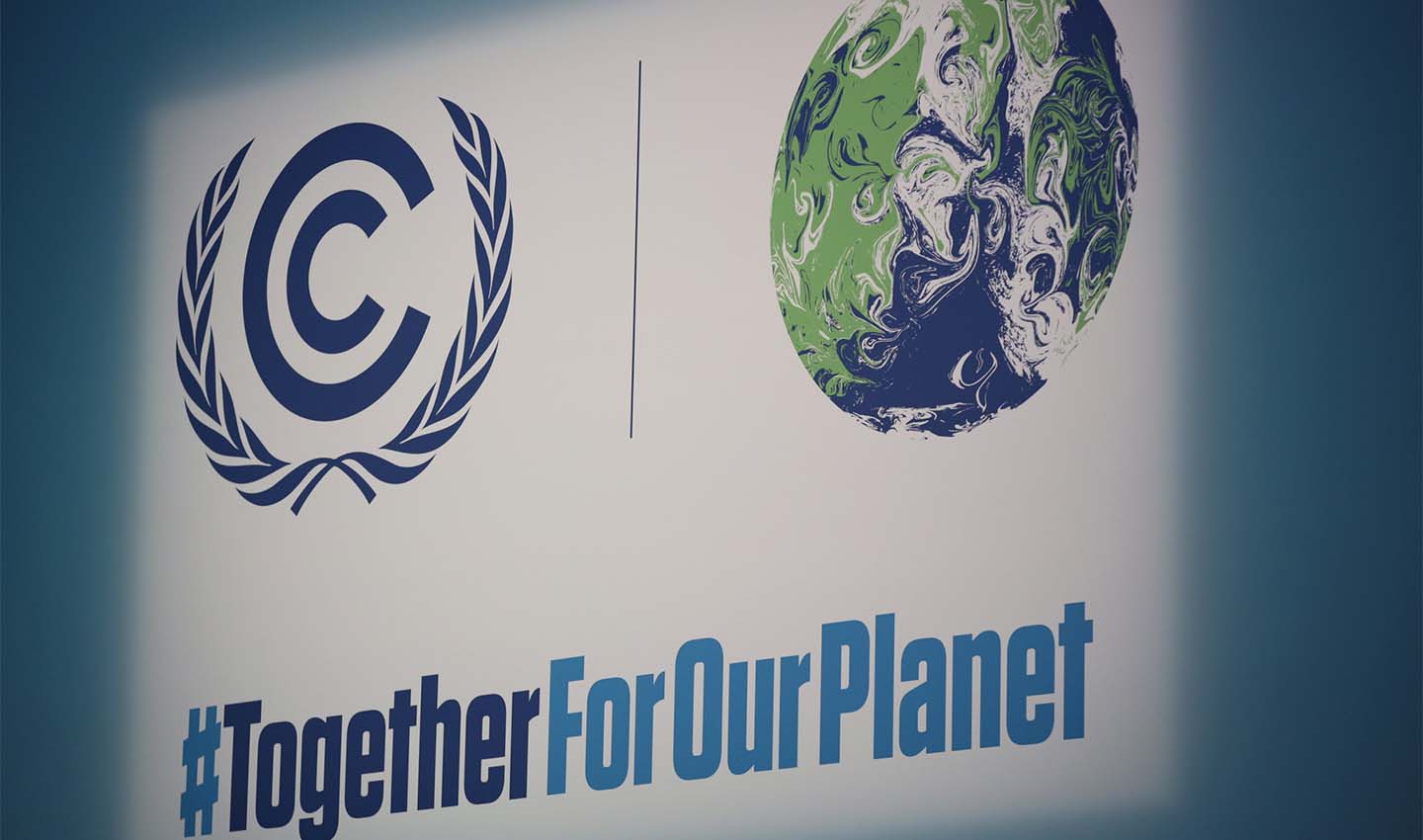
At the UN’s Climate Conference in November, many administrations, businesses and governments committed to ending the sale of combustion engine vehicles by 2040, or sooner. Image credit: COP26 Flickr
Unfortunately, two of the world’s largest car markets, China and the U.S. were not part of this collective. However, the rate of uptake in China suggests that country is well on its way to making EVs the bulk of its passenger vehicle fleet.
As for the U.S., it’s not been totally silent on the topic of electric vehicle adoption. President Biden’s administration has made a number of announcements that suggest they’re keen to push EV adoption. While not specifically mandated, Biden wants half of the vehicles sold in the U.S. to be electric or plug-hybrid by 2030.
The administration always wants to increase the number of public EV charging points from 45,000 (the current number) to 500,000. Which seems to imply the country is employing a build it and they will come approach, rather than one of legal requirements. Part of a $7.5 billion infrastructure fund will be used to pay for the infrastructure improvements, CNN reported in November.
Eyes on an electric future
Many electric vehicle and climate advocates have been talking about an EV revolution over the past few years. It long felt like it was just around the corner, but following the events, announcements and reveals that we’ve seen this year, things are starting to look a lot more certain.
We’re seeing strong examples of what an electric future will look like. Cast your eyes to Norway where some 80% of new car sales are plug-in. The same cannot be said of places like Germany, the UK, France and the U.S., so there is a still long way to go. But for the most part, with legislation, statements of intent from carmakers, a swathe of new EV launches and investment from governments, it looks like the EV revolution is not a distant vision of the future but is knocking on our door.
People also read
)
Meet the devs that coded their way out of the coronavirus chip shortage
)
The complexity of fixing range anxiety
)
Watch: How digital maps and the public sector are making Smart Cities a reality
)
Navigation nightmare: How TomTom mapped an airport in three days
* Required field. By submitting your contact details to TomTom, you agree that we can contact you about marketing offers, newsletters, or to invite you to webinars and events. We could further personalize the content that you receive via cookies. You can unsubscribe at any time by the link included in our emails. Review our privacy policy. You can also browse our newsletter archive here.
)